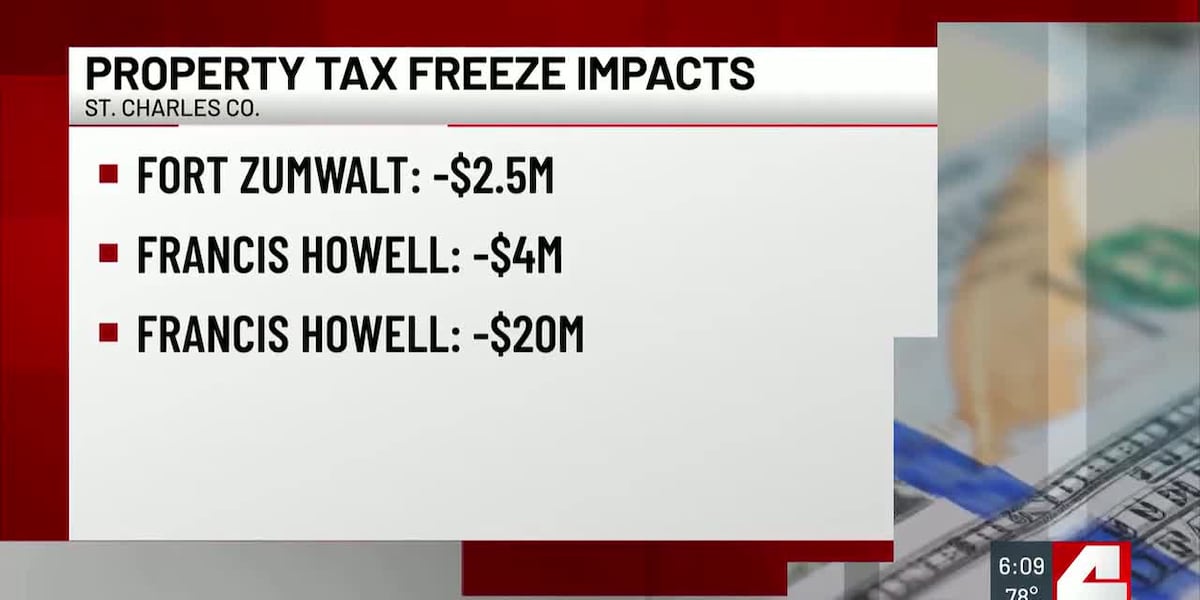Prepare your rental property for the back-to-school market

I have been interested in real estate most of my life. Even at age eight, during family vacations when we drove to Nana’s house via old, country roads, I would point to any wood frame house in disrepair and talk about fixing it up.
It got to be a joke in our family. My father would join in, pointing to every dilapidated barn we passed and saying, “Here’s one you could fix up.” Little did he know that my childhood interest in real estate would make up a big part of my future.
That’s but a small part of my real estate history, but since I was born on Independence Day, I thought I’d relay a few facts about the real estate world of nearly 250 years ago. Turns out, it’s remarkably similar to today.
In 1776, the United States was on the brink of a revolutionary transformation (as we may also be in 2024), not only politically but also in terms of land ownership and real estate. This era was characterized by a blend of colonial practices, evolving legal frameworks, and a growing sense of independence, having separated ourselves from British rule.
Land ownership then, as now, was a primary source of wealth and status. Its distribution was highly uneven. Most of the land in the Thirteen Colonies was controlled by a small elite class, including wealthy merchants, planters, and colonial governors.
These large landowners acquired vast tracts of land through royal grants, purchases, and inheritance. Small farmers, artisans, and laborers either owned modest parcels of land, paid to work on rented property, or became indentured servants as immigrants.
The legal framework governing real estate in 1776 was a combination of English common law, colonial statutes, and local customs. Property rights were well-established, with deeds, surveys, and title records playing crucial roles in documenting and securing land ownership. Colonial courts adjudicated land disputes, often referencing English legal precedents.
The doctrine of primogeniture mandated that a family’s land holdings be passed down to the eldest male heir. This practice ensured the preservation of large estates but also contributed to social stratification and limited opportunities for younger sons and women. However, the revolutionary ideas of liberty and equality began to challenge such entrenched norms, leading to gradual reforms in inheritance laws.
The late 18th century saw a surge in land speculation, driven by the promise of new opportunities in the vast western territories. Wealthy individuals and companies acquired large swaths of land with the intent of selling them to settlers and investors at a profit. This speculative fervor was fueled by the belief that westward expansion would continue unabated, opening new frontiers for agriculture, trade, and settlement.
Land speculation, however, was fraught with risks and controversies much as it remains today. Conflicts with Native American tribes, who rightfully resisted the encroachment on their ancestral lands, were a constant threat. Additionally, disputes over land claims and titles were common, as overlapping grants and fraudulent transactions complicated the already murky legal landscape.
While rural land dominated the real estate market, urban properties in burgeoning colonial cities like Boston, New York, and Philadelphia also held significant value. These cities were centers of commerce, trade, and political activity, with thriving ports and markets. Real estate in urban areas included residential houses, commercial buildings, warehouses, and wharves.
The design and architecture of colonial urban real estate reflected both practical needs and social aspirations. Wealthy merchants and professionals built grand townhouses, often in the Georgian style, while more modest homes and tenements housed artisans, laborers, and the urban poor. The value of urban properties was closely tied to their location, with prime spots near markets, docks, and government buildings commanding higher prices. (Sound familiar?)
The Revolutionary War marked a pivotal point in American history and had profound implications for real estate. The war disrupted traditional land ownership patterns, as loyalists who sided with the British Crown often had their properties confiscated and redistributed. This period also saw the rise of the new concept of individual rights, which influenced land policies.
In the aftermath, the new nation faced the challenge of creating a fair and equitable system of land distribution. The Northwest Ordinance of 1787, for instance, established a standardized system for surveying and selling western lands, promoting orderly settlement and expansion.
As the United States embarked on its journey toward independence and nationhood, the evolving concepts of property rights and land distribution would continue to shape its development for years to come. Generational wealth for the masses, however, still has a long way to go.
Valerie M. Blake is a licensed Associate Broker in D.C., Maryland, and Virginia with RLAH Real Estate / @properties. Call or text her at 202-246-8602, email her via DCHomeQuest.com, or follow her on Facebook at TheRealst8ofAffairs.
link




